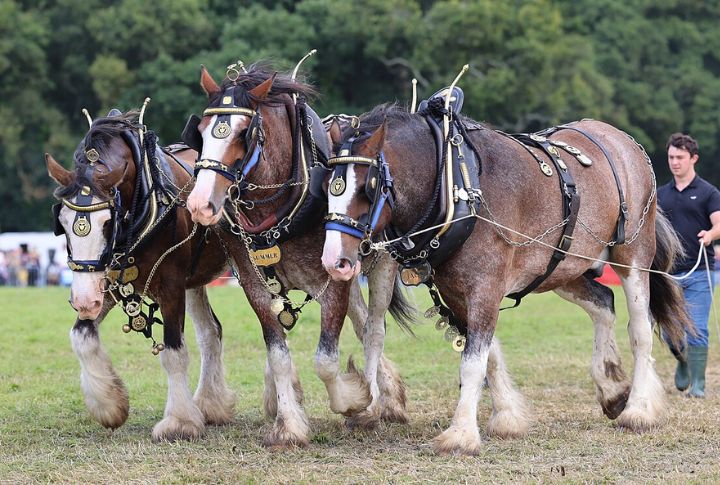
Some horse breeds turn heads with graceful, high-stepping elegance in parades. Others are built to chase the finish line with speed and power. Though their roles differ, each breed leaves a lasting impression. Here are ten that excel in celebrations and competitions alike.
Clydesdales
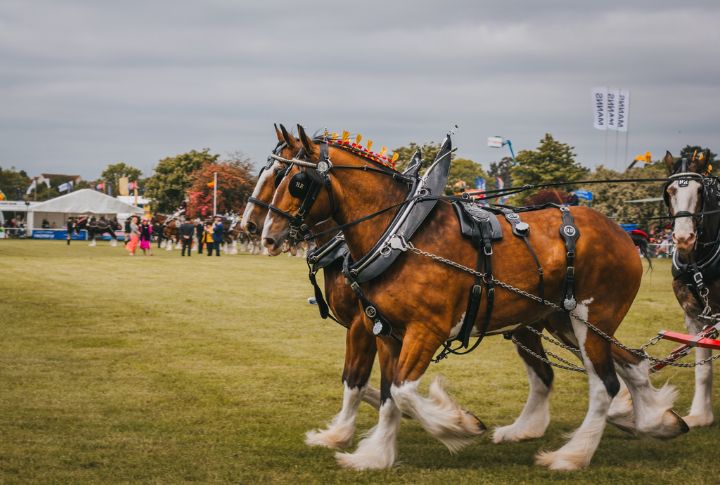
Bred in Scotland for farm work, Clydesdales later became parade stars. Budweiser began using them in 1933 to celebrate Prohibition’s end. Their feathered legs and towering frames wow crowds. Each horse wears custom-made shoes that weigh over five pounds—more than twice the average horseshoe.
Andalusians
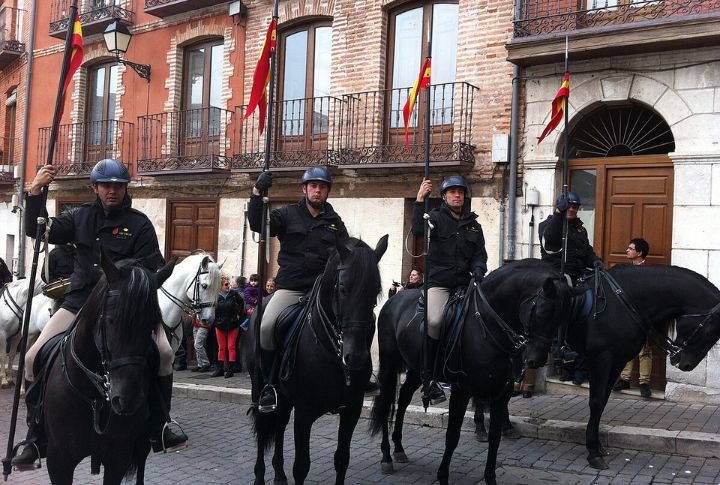
Andalusians are known for their strong build, expressive movement, and noble posture. These traits make them a favorite in Spanish festivals like El Rocio and religious events. Their roots in classical dressage and royal cavalry run deep. Today, they’re a top choice for equestrian shows and films needing a dramatic equine presence.
Gypsy Vanner
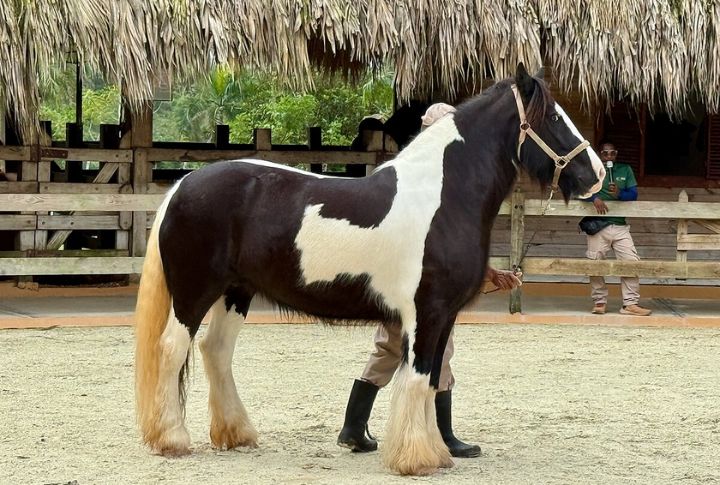
You’ll never miss a Gypsy Vanner in a parade. With its feathered legs and flowing manes, it turns heads wherever it goes. These horses were once used by the Romani for wagon-pulling. Over time, their striking appearance and mellow personality brought them into parades and public shows. They also often serve as therapy or companion horses.
Tennessee Walking Horse
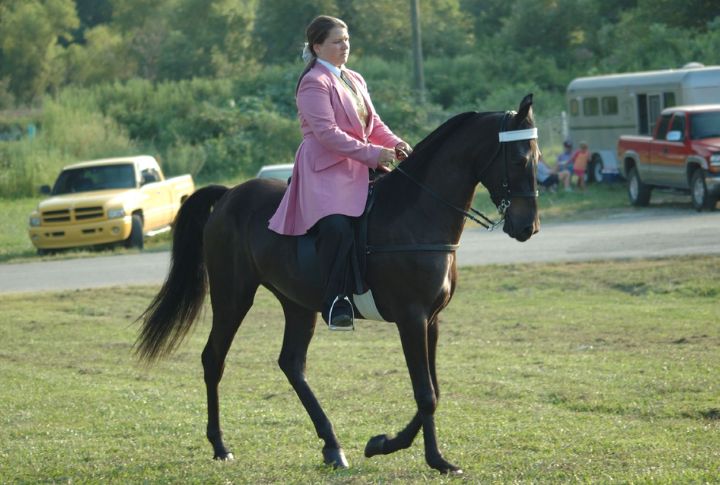
Tennessee Walking Horses are celebrated and prized for their smooth, four-beat running walk and relaxed attitude. Their gait feels almost like floating, which once made them a favorite on plantations. Today, they glide through festivals and exhibitions, staying calm in noisy crowds while still delivering a confident, graceful performance.
Friesian
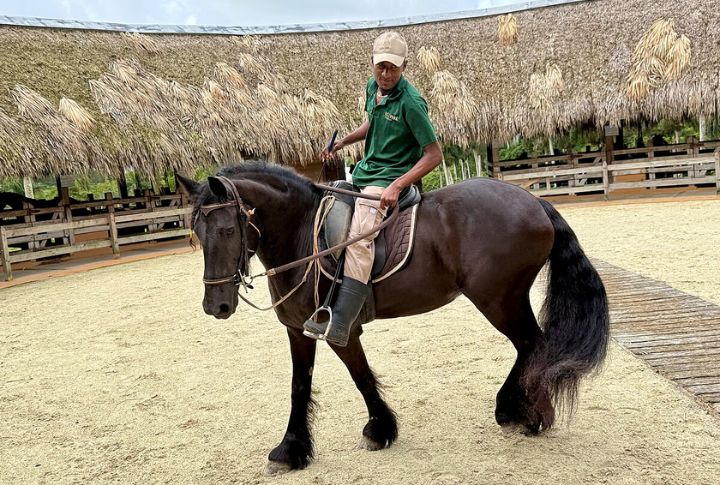
Friesians stand out in parades thanks to jet-black coats and a graceful, high-stepping trot. Originally bred to carry knights into battle, this powerful breed now often leads royal processions and appears in films. Long, flowing manes—sometimes over three feet—add a dramatic touch to their commanding presence.
Quarter Horse
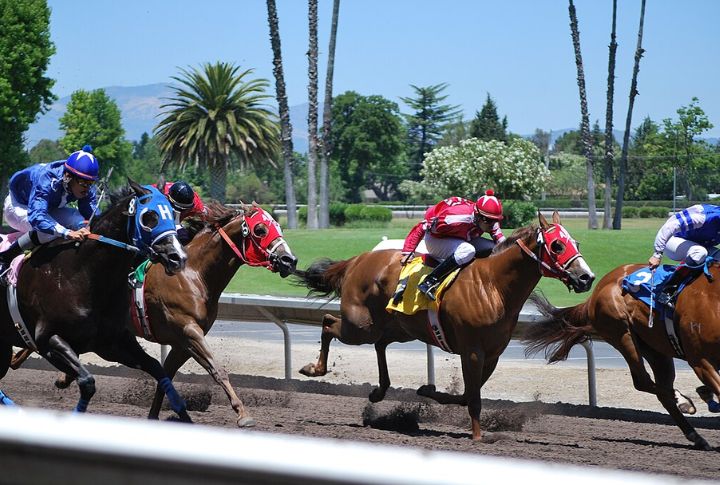
Famous for quick bursts and short races, Quarter Horses show off exceptional agility and strength. This breed excels in rodeos and Western events. The name comes from a legacy of dominating quarter-mile races. Most modern Quarter Horses trace bloodlines to Peter McCue, a powerful 19th-century stallion known for unmatched speed and muscle.
Arabian

Arabians outlast most breeds on long-distance tracks. Desert origins shaped this horse for endurance across harsh terrain and extended journeys. A unique skeletal structure—missing one vertebra compared to other horses—enhances agility, balance, and that famously upright tail posture of the breed.
Thoroughbred
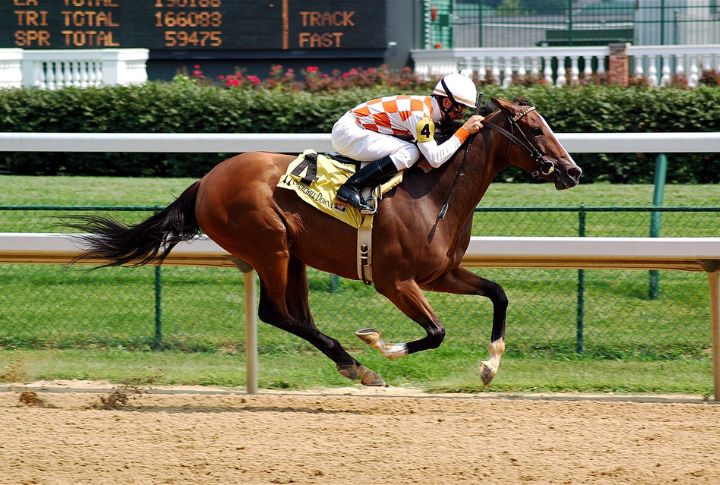
Thoroughbreds dominate flat racing through a powerful blend of speed, stamina, and determination. Long legs and deep chests give these sleek athletes an edge on elite tracks worldwide. One of the most famous examples, Secretariat, stunned the world in 1973 with a 31-length Belmont win during his legendary Triple Crown sweep.
Akhal-Tekes
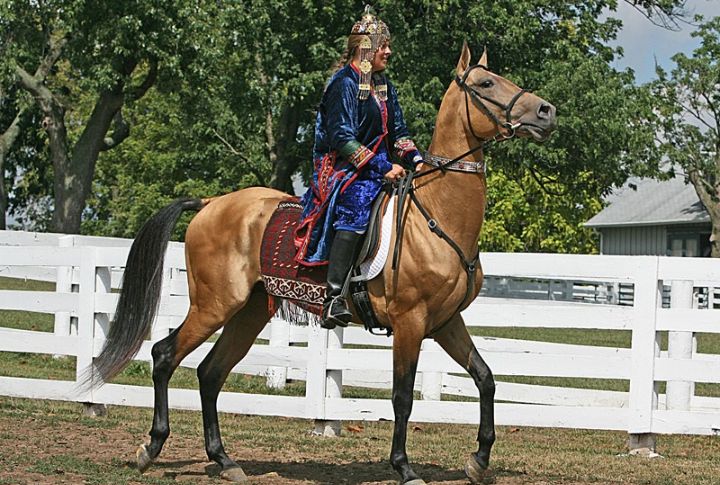
Surviving millennia in Turkmenistan’s unforgiving deserts, the Akhal-Teke developed a rare combination of heat resistance and endurance. A sleek frame and fine coat manage harsh climates with ease. Once prized by mounted warriors, this breed continues to lead in long-distance races with an unmatched blend of speed and stamina.
Standardbred
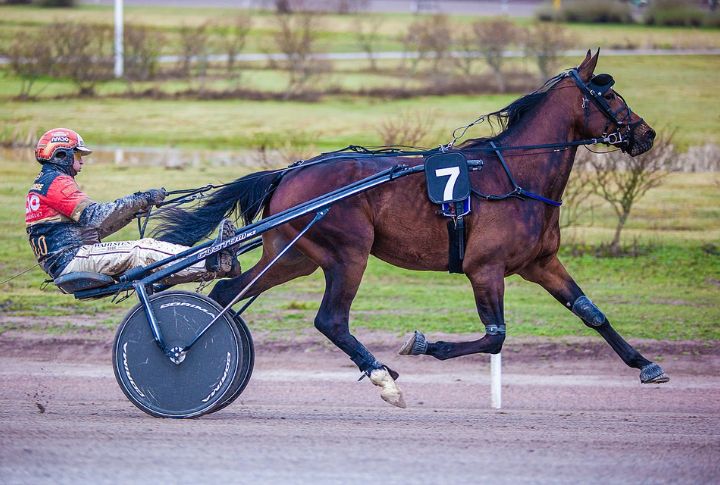
Standardbreds shine in harness racing, excelling at both trotting and pacing. A calm temperament and muscular frame provide the right mix of power and endurance. One standout, Niatross, became a sensation in the 1980s after breaking the 1:50 mile mark and winning 37 out of 39 races—securing an $8 million syndication deal that brought the breed global attention.

